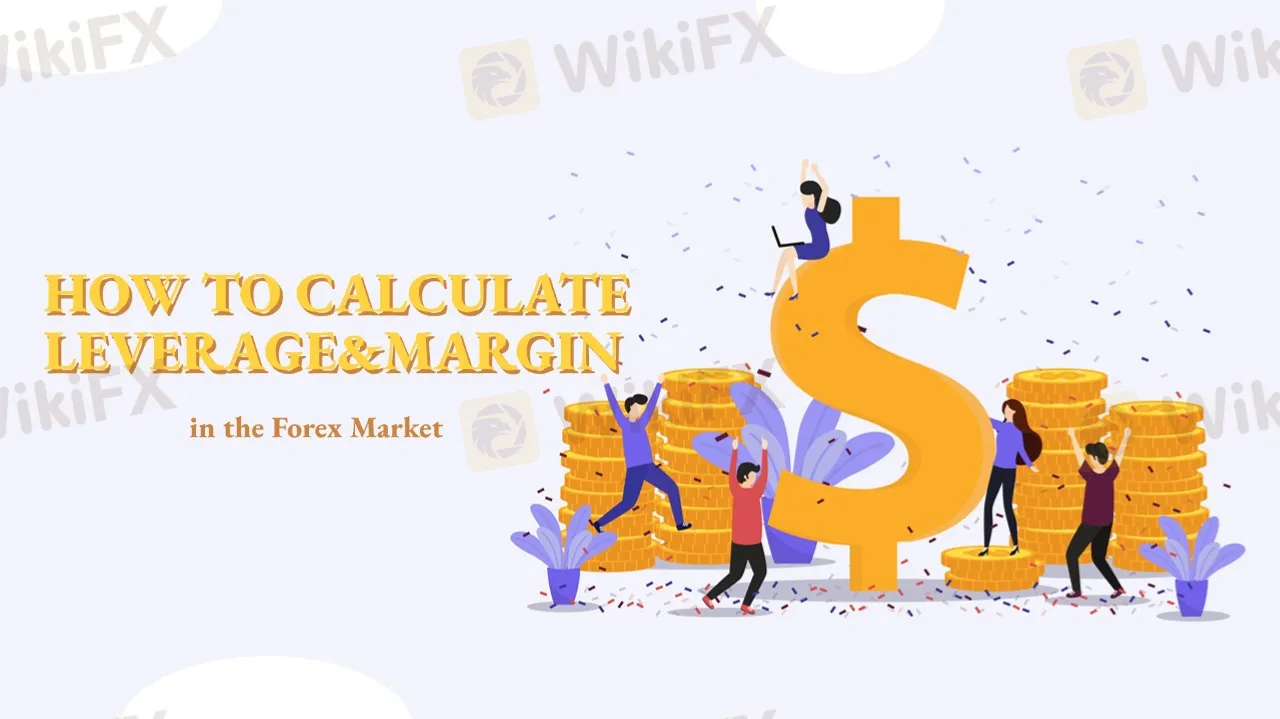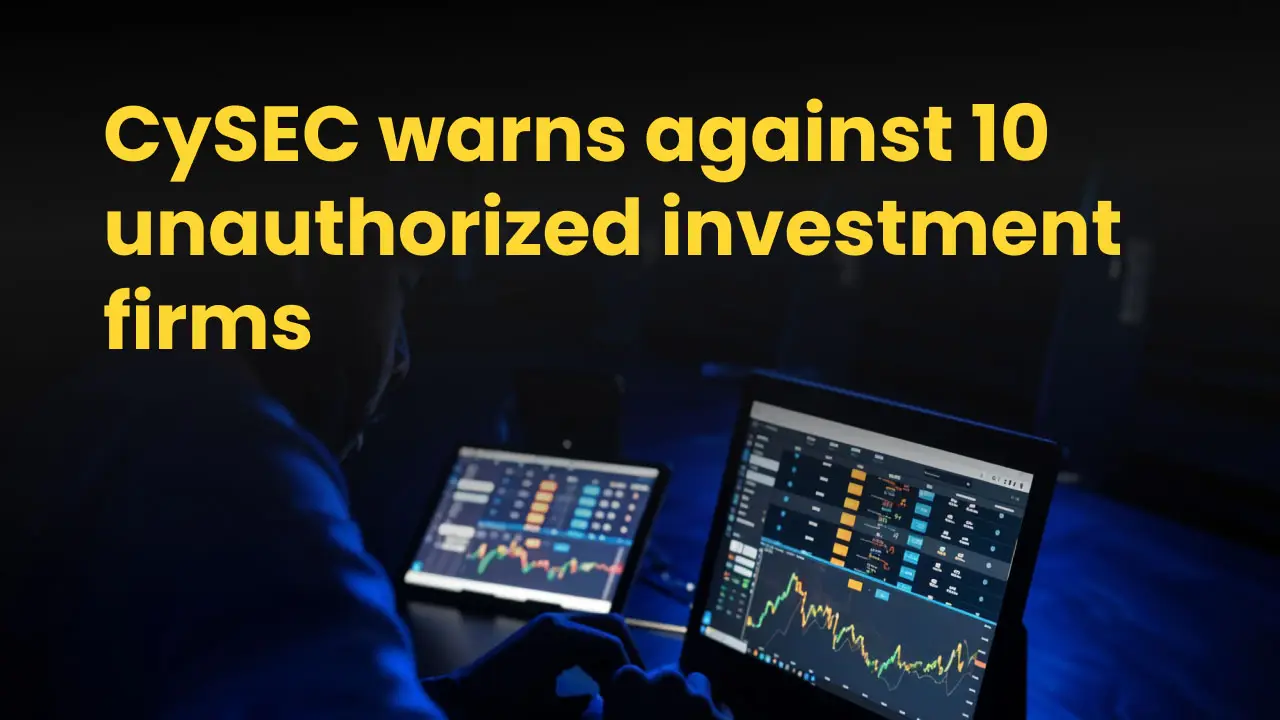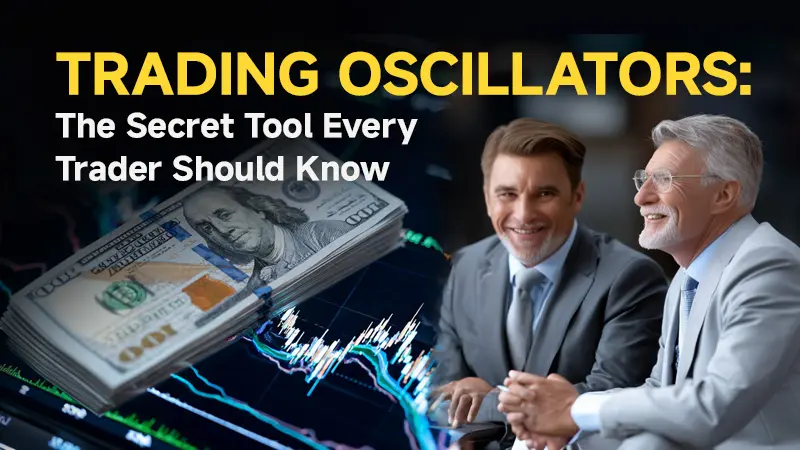简体中文
繁體中文
English
Pусский
日本語
ภาษาไทย
Tiếng Việt
Bahasa Indonesia
Español
हिन्दी
Filippiiniläinen
Français
Deutsch
Português
Türkçe
한국어
العربية
How to Calculate Leverage and Margin in the Forex Market
Abstract:Leverage amplifies both potential profits and risks. Understanding how to calculate leverage and margin helps traders manage risks and avoid forced liquidation.

Leverage allows traders to control a larger trading position with a smaller amount of capital, effectively borrowing funds from a broker. Margin, on the other hand, is the amount of money required to open and maintain a position, serving as collateral. It is usually expressed as a percentage of the total trade value.
There are two types of margin:
Used Margin: The amount of capital currently allocated to maintain open positions.
Available Margin: The remaining capital in the account that can be used to open new positions.
For example, if a trader has a total account balance of $5,000 and $3,800 is used margin, then $1,200 remains available for new trades.
How to Calculate Leverage and Margin
The margin calculation formula is:
Margin= (Trade Volume×Contract Size×Asset Price)/Leverage
For example, if a trader wants to buy 3 lots of EUR/USD at an asset price of $1.10 with a leverage of 30:1, the required margin would be:
(3×100,000×1.10)÷30=11,000 USD
Another crucial metric is the margin level, which is calculated as:
Margin Level=(Equity/Used Margin)×100
A higher margin level indicates more available margin relative to borrowed funds, reducing risk. If the margin level falls below 100%, a margin call will be triggered, warning the trader to deposit more funds or reduce positions. If the margin level drops to 50%, the system may forcefully close positions to prevent further losses.
Using Leverage Wisely to Manage Risk
Leverage is a double-edged sword—it can magnify profits, but it also increases the risk of significant losses. For example, if a trader has $1,000 in their account and uses 100:1 leverage, they can control a $100,000 position. However, a 1% unfavorable price movement could wipe out their entire capital.
Therefore, it is crucial to use leverage cautiously. Beginner traders are advised to start with lower leverage (e.g., 10:1 or 20:1) and use stop-loss orders to limit risk. Practicing with a demo account can also help traders gain experience with margin trading before committing real capital.

Disclaimer:
The views in this article only represent the author's personal views, and do not constitute investment advice on this platform. This platform does not guarantee the accuracy, completeness and timeliness of the information in the article, and will not be liable for any loss caused by the use of or reliance on the information in the article.
Read more

CySEC warns against 10 unauthorized investment firms
The Cyprus Securities and Exchange Commission (CySEC) has issued a public warning against 10 unauthorized investment firms that are illegally offering investment services to investors.

Voices of the Golden Insight Award Jury | Nattachai Chalermwat, MH Markets
WikiFX Golden Insight Award uniting industry forces to build a safe and healthy forex ecosystem, driving industry innovation and sustainable development, launches a new feature series — “Voices of the Golden Insight Awards Jury.” Through in-depth conversations with distinguished judges, this series explores the evolving landscape of the forex industry and the shared mission to promote innovation, ethics, and sustainability.

Trading Oscillators: The Secret Tool Every Trader Should Know
If you’ve ever looked at a trading chart and wondered how traders know when a price is “too high” or “too low,” the answer often lies in trading oscillators. A trading oscillator is a type of technical indicator that helps traders measure the momentum of price movements. In simple terms, it tells you when a currency pair, stock, or commodity might be overbought or oversold — which can signal a potential reversal.

Is Amillex Safe or a Scam? Understanding Rules and Security
You are asking an important question: Is Amillex safe or a scam? The simple answer is that Amillex works in an unclear area that needs careful study. It is not a complete scam like fake websites that steal your money right away, but it also does not meet the safety rules of the best, well-regulated brokers. Read on to explore more details.
WikiFX Broker
Latest News
Pinched By Penny Shortage, US Retailers Beg Congress To Step In
PINAKINE Broker India Review 2025: A Complete Guide to Safety and Services
The United States Outgrows All Its Major Peers
Canary Wharf Address Scam Resurfaces: FCA Exposes 20+ Clone Template Forex Platforms
Seychelles FSA Flags Clone Website Impersonating Admiral Markets
Is Nash Markets Regulated or Risk? Truth About Nash Markets’ License & Withdrawal Issues
Webull Widens Crypto Futures with Coinbase Derivatives
Latest FCA Daily Alerts and Consumer Warnings for 2025
CySEC Blocks Certification Access to Combat Advisor Impersonation
Angel one 2025 Review & Complaints
Currency Calculator




